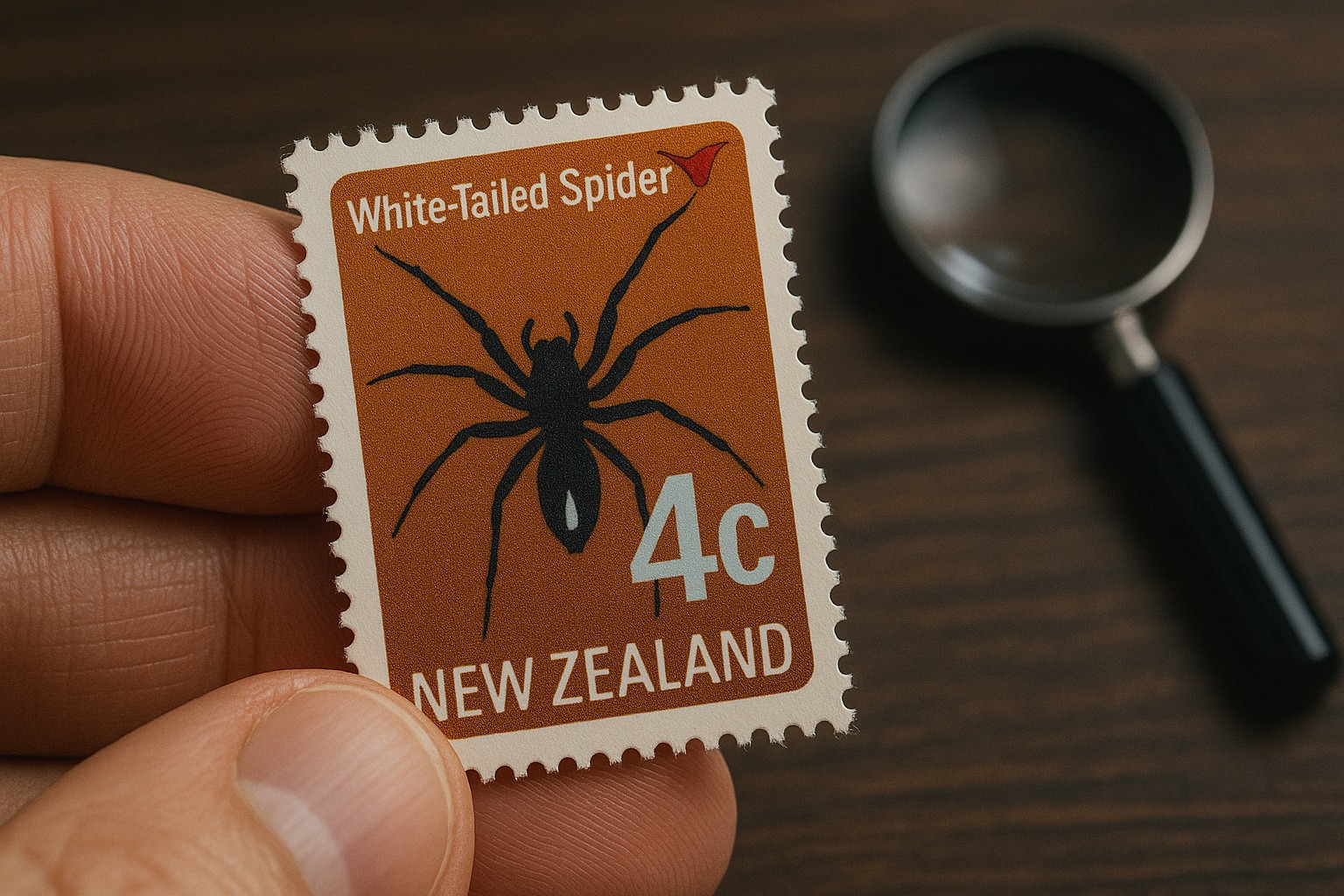It’s small enough to fit on your fingertip, printed in colours that have faded over the decades, and for most of its life it was worth just a few cents. Yet one particular New Zealand stamp from the 1970s is now selling for more than $2,000 — but only if you know what to look for.
The stamp most people overlooked
In 1975, New Zealand Post released a commemorative series celebrating native birds. One design, featuring the striking kākāriki parrot against a backdrop of lush greenery, was printed in the hundreds of thousands. For decades, it was just another stamp, tucked into envelopes, stuck in albums, or forgotten in desk drawers.
But a tiny error during one print run created a version so rare that collectors now consider it a “holy grail” of New Zealand philately.
The flaw that changed everything
On the valuable version of the stamp, a small red colour shift misaligns one part of the kākāriki’s wing. To the untrained eye, it’s almost invisible — just a sliver of extra colour where it shouldn’t be. But for stamp experts, it’s proof of a limited misprint that was corrected almost immediately after being spotted.
“We think fewer than a few dozen sheets ever made it into circulation before the printing plates were fixed,” says a Christchurch‑based collector. “That’s why it’s so valuable — rarity and condition together.”
Why collectors pay thousands
In the world of stamps, value comes from a mix of scarcity, condition, and demand.
The kākāriki misprint ticks all three boxes:
- Scarcity: Very few survived general use.
- Condition: Unused, pristine examples fetch the highest prices.
- Demand: Both New Zealand and international collectors compete for them.
Some auction houses have recorded sales over $2,000 for mint condition stamps, while slightly used versions still command hundreds.
What to check for
If you suspect you might have one of these rare stamps in an old album or envelope, here’s what to look for:
| Feature | Normal version | Valuable misprint |
|---|---|---|
| Wing colour alignment | Red perfectly in line with wing outline | Red shifted slightly outward |
| Print clarity | All colours sharp and correctly placed | Slight blur where red overlaps green |
| Date of issue | 1975, bird series | Same, but from early first print run |
| Market value | $1–$5 in good condition | $1,500–$2,500+ in mint condition |
How they turn up
Stories of these stamps surfacing are rare but captivating. One retired teacher in Dunedin reportedly found one in a box of letters from the 1970s that she had kept for sentimental reasons. Another appeared in an inherited stamp album that hadn’t been opened in over 40 years.
“It’s the thrill of the hunt,” says an Auckland dealer. “Most people won’t find one — but every so often, someone does, and it’s life‑changing.”
A word of caution
For anyone hoping to cash in, authentication is essential. Many ordinary stamps can appear flawed due to wear, fading, or smudged ink. Only genuine printing misalignments from the first run carry the high value, and reputable dealers will often send them for professional grading before sale.
A reminder of small treasures
This tiny kākāriki misprint is a reminder that value can hide in the most ordinary‑seeming objects. A stamp that once carried a letter across town for a few cents now has the power to spark bidding wars in international auction rooms.
So, if you’ve got an old album tucked away in the attic, it might be worth dusting it off and taking a closer look. You never know — the next page you turn could reveal a sliver of red ink that’s worth a small fortune.
